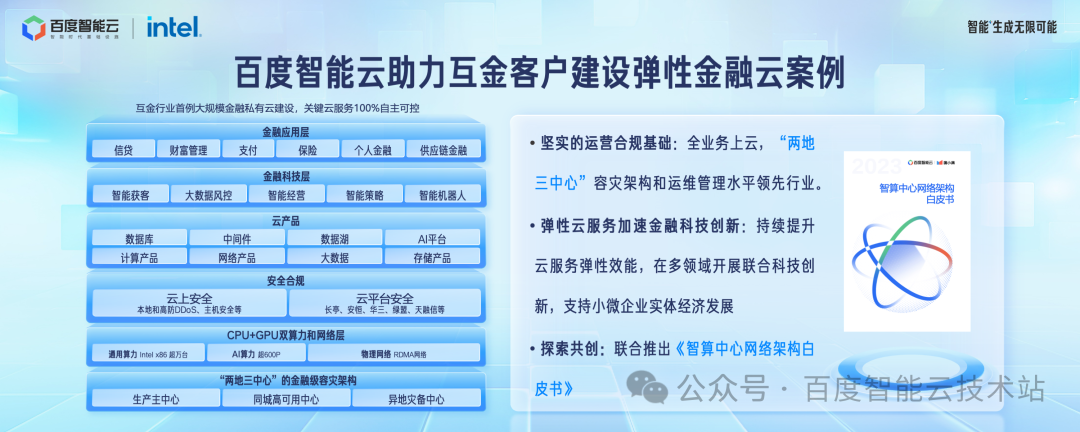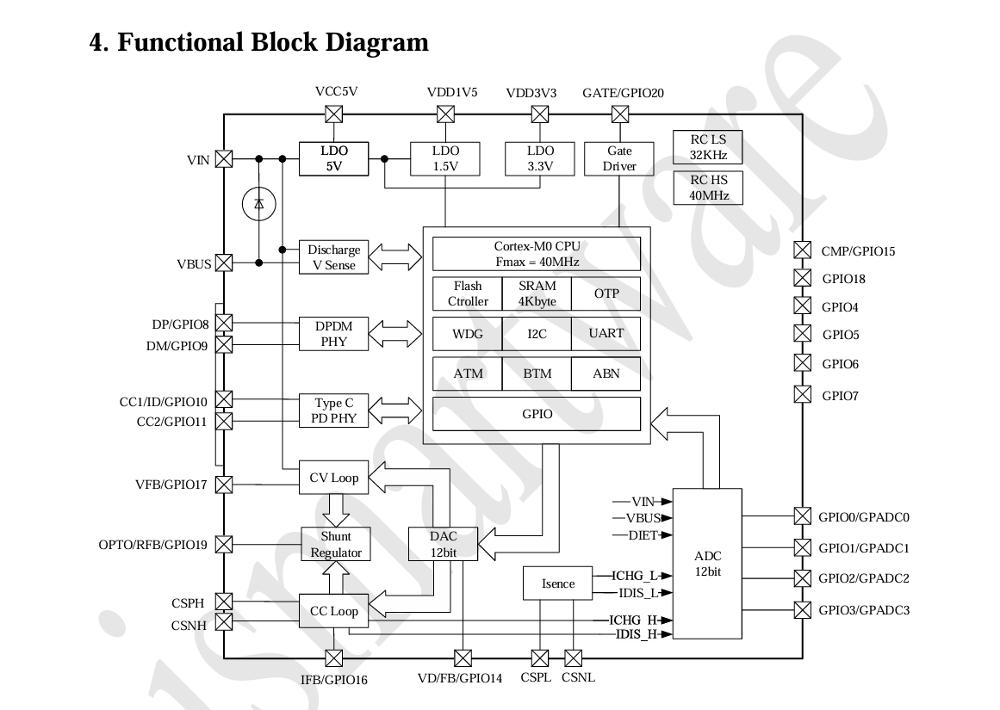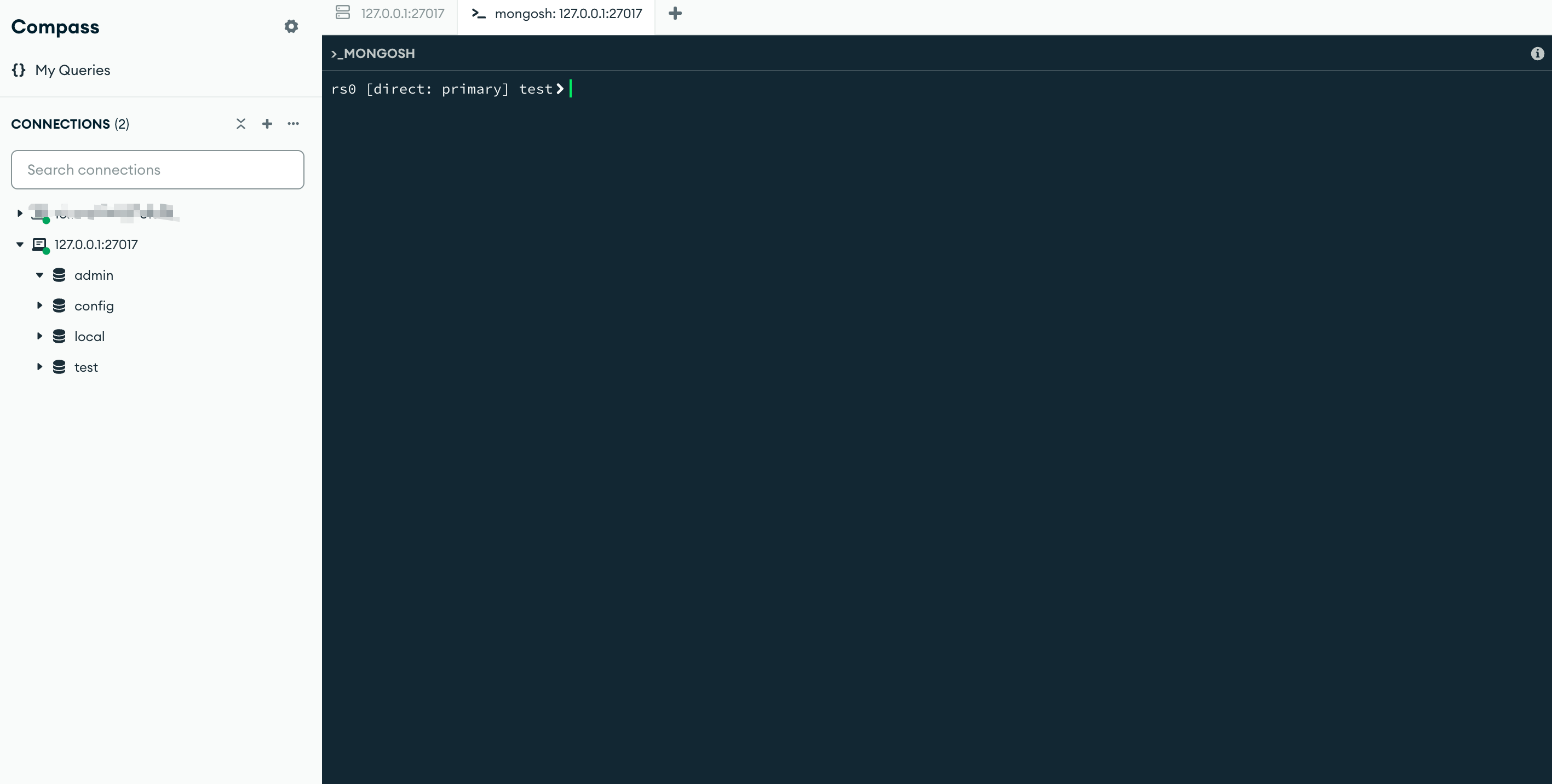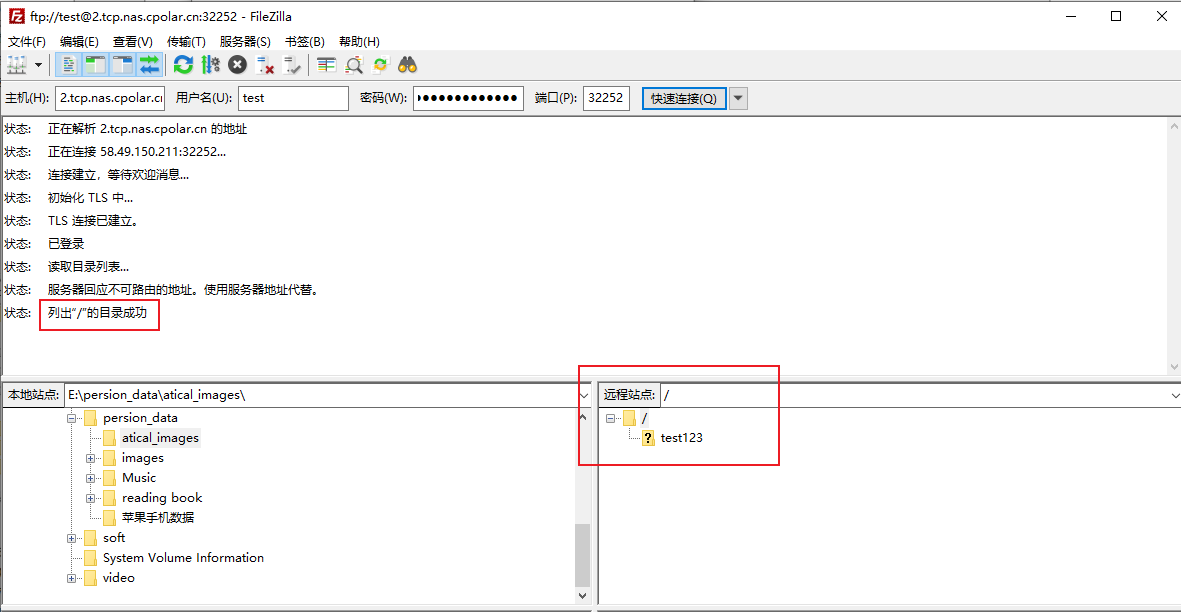【二叉树进阶题目2】(算法题详细简介)
- 前言
- 5. 二叉树的层序遍历 ||(力扣107)
- 5.1 题目链接
- 5.2 示例分析
- 5.3 代码实现
- 6. 二叉树的层序遍历(力扣102)
- 6.1 题目链接
- 6.2 代码实现
- 7. 根据二叉树创建字符串(力扣606)
- 7.1 题目链接
- 7.2 示例分析
- 7.3 代码实现
- 8. 二叉树的最近公共祖先(力扣236)
- 8.1 题目链接
- 8.2 示例分析
- 8.3 代码实现
前言
下面是上一篇文章的链接,有需要的朋友们可以点击下方链接跳转呦~
【二叉树进阶题目1】(算法题详细简介)
下面是本文讲解的题目链接,大家可以先自己尝试一下,再看下文题解~
5. 二叉树的层序遍历 ||(力扣107)
6. 二叉树的层序遍历(力扣102)
7. 根据二叉树创建字符串(力扣606)
8. 二叉树的最近公共祖先(力扣236)
5. 二叉树的层序遍历 ||(力扣107)
5.1 题目链接
下面是题目链接:
5. 二叉树的层序遍历 ||(力扣107)
5.2 示例分析

- 由于返回类型为二位线性表,所以要先创建线性表
- 实现基本的层序遍历(用队列实现)
- 层序遍历的输出顺序是按照从下往上的顺序输出的(先储存后输出)
5.3 代码实现
class Solution {
public List<List<Integer>> levelOrderBottom(TreeNode root) {
// 创建一个二维链表
List<List<Integer>> list = new ArrayList<>();
// 普通的层序遍历
// 创建一个队列
Deque<TreeNode> deque = new ArrayDeque<>();
while (root != null || !deque.isEmpty()) {
while (deque.isEmpty()) {
deque.offer(root);
}
int size = deque.size();
// 创建一个一维链表
List<Integer> l = new ArrayList<>();
for (int i = 0; i < size; i++) {
// 队列中插入子树
if (root.left != null)
deque.offer(root.left);
if (root.right != null)
deque.offer(root.right);
// 将目前队列中的数据存储到链表中
l.add(deque.pop().val);
root = deque.peek();
}
// 因为顺序为自下而上,所以为头插
list.add(0, l);
}
return list;
}
}
6. 二叉树的层序遍历(力扣102)
6.1 题目链接
这道题和上述题目相似,这道题是自上而下的方式输出,下面是题目链接,大家一起尝试一下吧。
6. 二叉树的层序遍历(力扣102)
6.2 代码实现
class Solution {
public List<List<Integer>> levelOrder(TreeNode root) {
List<List<Integer>> ret = new LinkedList<>();
Deque<TreeNode> deque=new ArrayDeque<>();
while(root!=null||!deque.isEmpty()){
if(deque.isEmpty()){
deque.push(root);
}
int size=deque.size();
List<Integer> list=new ArrayList<>();
for (int i = 0; i < size; i++) {
TreeNode t=new TreeNode(deque.pop().val);
list.add(t.val);
if(root.left!=null) deque.offer(root.left);
if(root.right!=null) deque.offer(root.right);
root=deque.peek();
}
ret.add(list);
}
return ret;
}
}
7. 根据二叉树创建字符串(力扣606)
7.1 题目链接
点击下面链接开始做题吧!
7. 根据二叉树创建字符串(力扣606)
7.2 示例分析


本题的解决思路为子问题的方法
对比示例1和示例2,我们可以发现
- 当左子树不为空,右子树为空时,输出为“2(4)”
- 当左子树为空,右子树不为空时,输出“2()(4)”
- 当左子树不为空,右子树不为空时,输出“2(4)(4)”
- 当左子树为空,右子树为空时,输出“2”
由于本题的输出为字符串,并且有频繁的插入操作,所以我们创建StringBuilder.
7.3 代码实现
class Solution {
public String tree2str(TreeNode root) {
if(root==null) return "";
if(root.left==null&&root.right==null){
return Integer.toString(root.val);
}
if(root.left!=null&&root.right==null){
return new StringBuilder().append(root.val).append("(").append(tree2str(root.left)).append(")").toString();
}
return new StringBuilder().append(root.val).append("(").append(tree2str(root.left)).append(")(")
.append(tree2str(root.right)).append(")").toString();
}
}
8. 二叉树的最近公共祖先(力扣236)
8.1 题目链接
8. 二叉树的最近公共祖先(力扣236)
8.2 示例分析
以示例1的二叉树为例,讨论本题的多种情况:
- 第一种:在root的左右子树分别找到一个数,最近公共祖先为root

- 第二种:(这里可以有多种思路,我举一种思路的例子)
左子树找到一个数就直接返回,右子树没有找到数,说明两个数都在左子树,说明左子树找到的第一个数就是最近祖先

- 第三种:其中一个数等于root,root为最近祖先

8.3 代码实现
public TreeNode lowestCommonAncestor(TreeNode root, TreeNode p, TreeNode q) {
if(root==null||root==p||root==q) return root;
TreeNode left=lowestCommonAncestor(root.left,p,q);
TreeNode right=lowestCommonAncestor(root.right,p,q);
//对应上述3种情况
if(left==null&&right==null) return null;
if(left==null) return right;
if(right==null) return left;
return root;
}
关于二叉树的相关习题的两篇文章就结束了,希望对你有所帮助,我们下篇文章见!!!


















